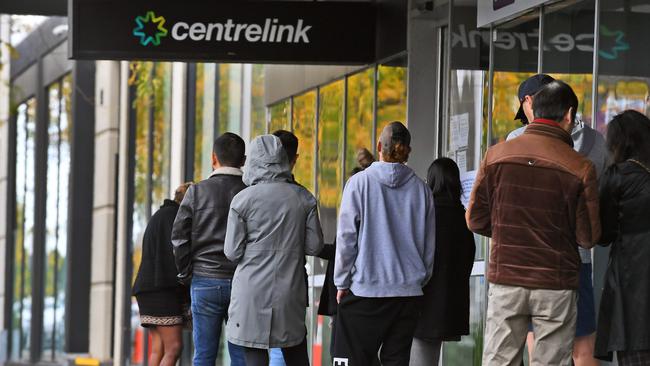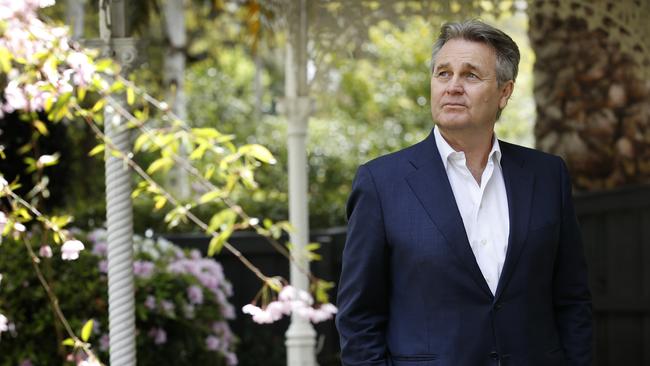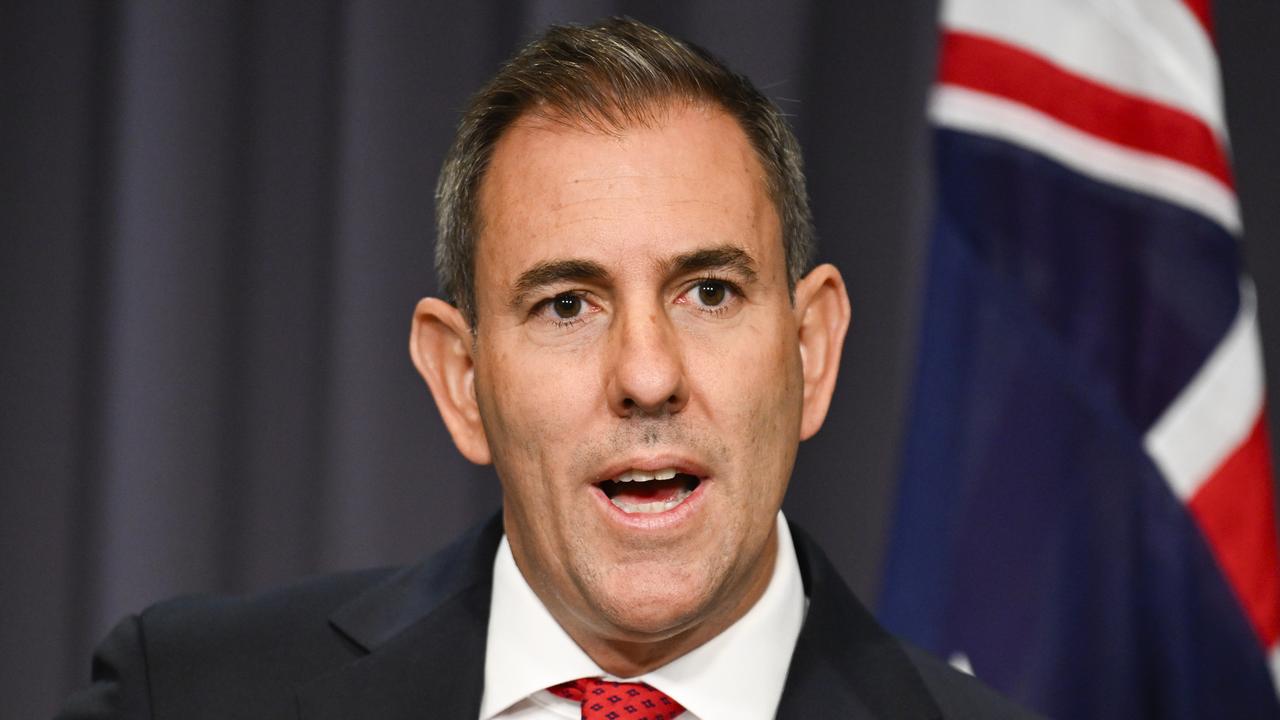The Australian postcodes where Covid unemployment hit hardest
Jobless numbers in some suburbs and towns have almost doubled in five years as Covid crunched many Australians. See the list.

Covid’s surge in unemployment hit Australia’s most disadvantaged suburbs and regions the hardest and will take longer to bounce back than the overall economy.
The number of Australians receiving JobSeeker payments climbed 52 per cent to 1.2 million in the five years to March 31, and the worst increases were not in lockdown-ravaged Victoria.
Demographic data from the Department of Social Services shows JobSeeker recipients in New South Wales and Western Australia rose 58 per cent, Victoria climbed 54 per cent, Queensland 51 per cent and both South Australia and Tasmania 33 per cent.
NSW postcode 2170 – which includes Liverpool and Chipping Norton – had more JobSeeker recipients than anywhere else at 7676, a jump of 82 per cent in five years.
Craigieburn, Roxburgh Park and other suburbs in Victorian postcode 3064 were next on the list at 6953, rising 128 per cent, while Cairns and its suburbs were third with 5877 people receiving unemployment benefits.
A majority of the nation’s biggest JobSeeker postcodes remain in outer suburbs plagued by social disadvantage.
The Demographic Group executive director Bernard Salt said the pandemic “filters out the people who have fallen through the cracks”.
“Social disadvantage does not change quickly in Australia,” he said.
“When you look at the profile of the workforce in those areas it’s dominated by unskilled workers, often young, often immigrants, and people trying to get their first job.”
Mr Salt said before the pandemic “Victoria was flying, on the basis of global connectivity and was truly a global community”.
“That was driven by exceptionally high levels of population growth and a high proportion of foreign workers and backpackers, and strong levels of interstate migration to Melbourne,” he said. Covid cut those strengths, he added.
Australia’s JobSeeker numbers had been dropping for four years before the pandemic, then quickly jumped by 700,000 by mid-2020.
And while the national economy is already bigger than it was in early 2020, JobSeeker numbers are not expected to return to pre-pandemic levels before 2022.
However, the outlook is improving, with Treasurer Josh Frydenberg revealing this week that more than 150,000 people have come off JobSeeker benefits since JobKeeper ended in March.

CommSec senior economist Ryan Felsman said JobSeeker numbers peaked at 1.45 million in August last year and had dropped to 1.06 million by April.
“That is a promising, encouraging development,” he said.
Mr Felsman said new data was also showing job vacancies at 12-year highs.
“The forward-looking indicators are very positive at the moment, but emerging skills shortages are a concern, with not enough trades and a lack of international backpackers and students,” he said.
“Structurally, long-term unemployed people may not be able to fill the advertised roles because of skills mismatches.”
Mr Salt said Covid had sped up Australia’s transition towards a more skilled workforce.
“The best outcome is that the economy recovers, lockdowns cease and we start investing in developing local capabilities in manufacturing and skilling up domestic workers,” he said.
“In some respects we can correct a lot of things that were probably exposing us.”





